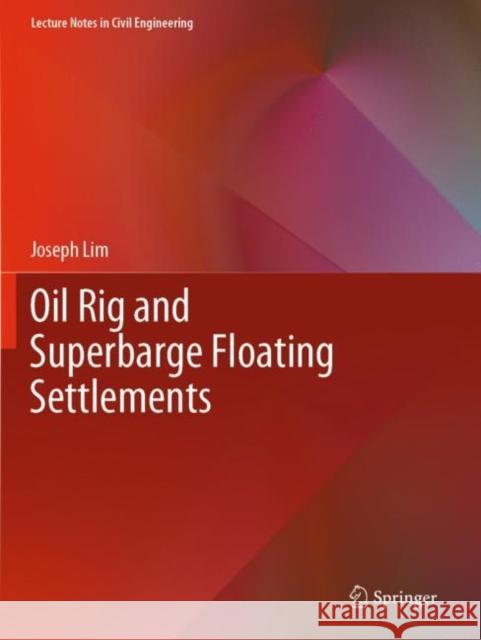Oil Rig and Superbarge Floating Settlements » książka
topmenu
Oil Rig and Superbarge Floating Settlements
ISBN-13: 9789811552991 / Angielski / Miękka / 2021 / 221 str.
Oil Rig and Superbarge Floating Settlements
ISBN-13: 9789811552991 / Angielski / Miękka / 2021 / 221 str.
cena 442,79
(netto: 421,70 VAT: 5%)
Najniższa cena z 30 dni: 424,07
(netto: 421,70 VAT: 5%)
Najniższa cena z 30 dni: 424,07
Termin realizacji zamówienia:
ok. 22 dni roboczych
Bez gwarancji dostawy przed świętami
ok. 22 dni roboczych
Bez gwarancji dostawy przed świętami
Darmowa dostawa!
Kategorie:
Kategorie BISAC:
Wydawca:
Springer
Seria wydawnicza:
Język:
Angielski
ISBN-13:
9789811552991
Rok wydania:
2021
Wydanie:
2021
Numer serii:
000798671
Ilość stron:
221
Waga:
0.63 kg
Wymiary:
27.69 x 21.34 x 1.02
Oprawa:
Miękka
Wolumenów:
01











